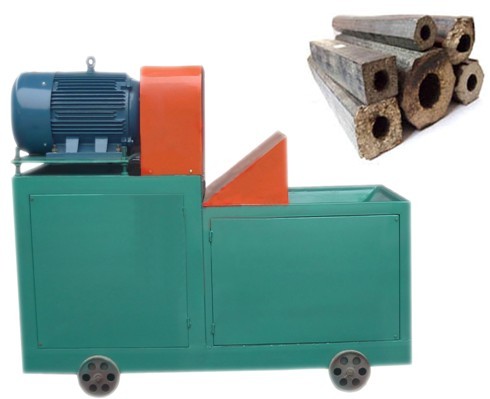The comprehensive utilization of agricultural straw and stalks
The comprehensive utilization of agricultural straw and stalks
A survey has been conducted nationwide in China on the use of agro stalks and straw, the combustion of agro residue reaching 215 million tons and 15 million as base stock for growing plants. The use ratio of the previous accounts for roughly 31% while the latter takes up just 2.14%. And the situation is also bringing challenge to other countries which possess abundant biomass materials.
Matter of fact, there are more than the two ways of putting straw and stalks into use. However, the most promising and eye-catching direction is to integrating biomass material and producing biofuel. Speaking of agro residue such as straw and stalks, they can be processed into feed and forage for animal husbandry. As for the details, please feel free to contact us.
Therefore, the use of agro straw and stalks not only concerns about agriculture per se, but also about fish breeding and poultry raising. Aside from the above, agro by-products processing and leisure agriculture will also be influenced. But all in all, the renewable material can be enhanced in the potential to maximize the industrial added value.
READ: BRIQUETTE MAKING PROJECT PLAN
Perhaps, you will raise a question. What is the advantage of biofuel made of agro straw and stalks?
One of the uses is to torrify vegetables. There are so many vegetable dehydrating plants out there still using fossil fuel like coal to conduct torrification. A medium-sized factory like this technically consumes 2000 to 3000 tons of coal annually, with carbon monoxide emissions hitting 5000 to 7500 tons. Comparatively, two tons of straw and stalks possess as same thermal value as one ton standard coal. Besides, purified smoke generated from biofuel combustion can be used to torrify vegetables straightforward.
In 2011, a straw fuel processing plant was put into use. The same year saw the costs recovering. And it pans out the biofuel helps save dehydrating investment by 56% or so while vegetables could still maintain the consistently supreme quality.


The demands for fuel to conduct torrification are soaring while fossil fuel cannot cater to the needs accordingly, a senior engineer with National Institute of Design and Research under Ministry of Agriculture claimed. Based upon his calculations, agro stalks and straw consumption can reach 71 million tons per year, accounting for one third of its total annual combusting volume. Greenhouse gas emissions will consequently be reduced efficiently.
Cost: Biofuels have the potential to be significantlyless expensive than gasolineand other fossil fuels. This is particularly true as worldwide demand for oil increases, oil supplies dwindle, and more sources of biofuels become apparent.
-
Source material: Whereas oil is a limited resource that comes from specific materials, biofuels can be manufactured from a wide range of materials including crop waste, manure, and other byproducts. This makes it an efficient step in recycling.
-
Renewability: It takes a very long time for fossil fuels to be produced, but biofuels are much more easily renewable as new crops are grown and waste material is collected.
-
Security: Biofuels can be produced locally, which decreases the nation's dependence upon foreign energy. By reducing dependence on foreign fuel sources, countries can protect the integrity of their energy resources and make them safe from outside influences.
-
Lower carbon emissions: When biofuels are burned, they produce significantly less carbon output and fewer toxins, making them a safer alternative to preserve atmospheric quality and lower air pollution.
KMEC specializes in the production of
briquette machine, straw molding machine, straw pellet machine and other equipment. Customer's satisfaction is our goal, if you have any questions or requests, please contact us timely.
----------------------------------------------------------------------------------------
Actually the structural design of straw briquetting machine comes from pellet mill. In china, there are three kinds of straw briquetting machine--mechanical press, Hydraulic press and screw press type.

